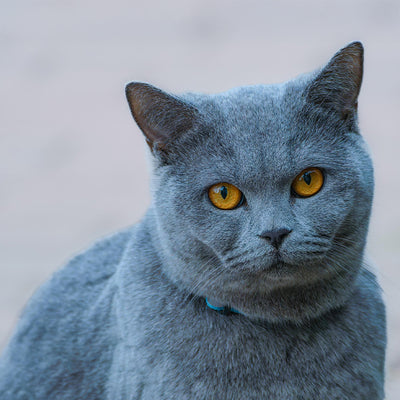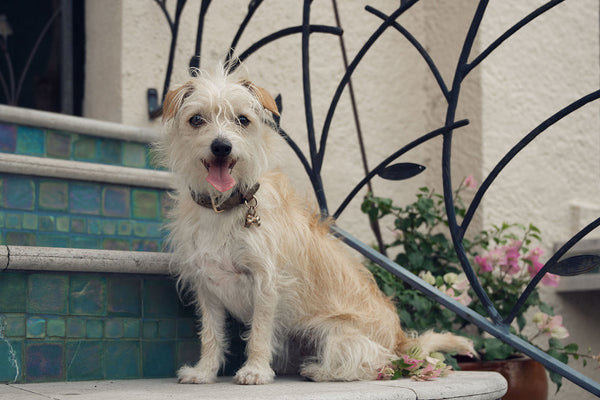Bolonoodle
Bolonoodle
America’s Loving and Low-Barking Family Friend
1. Introduction to the Breed
The Bolonoodle, a gentle cross between a Bolognese and a Poodle, ranks among America’s top mixed dog breeds in 2025, cherished for its loving nature and low-barking tendency. Known for their intelligence, affectionate personality, and hypoallergenic coat, Bolonoodles are ideal for families seeking a calm, low-maintenance companion. Their fluffy fur and warm demeanor make them perfect for urban apartments or cozy suburban homes, bringing peace and companionship to any household.
2. History of the Breed
Developed in the United States in the early 2000s, the Bolonoodle was bred to combine the Bolognese’s ancient lapdog affection with the Poodle’s hypoallergenic coat and intelligence. As a designer breed, Bolonoodles gained popularity for their small size and family-friendly traits, with American breeders refining them for consistent temperament and health. While not recognized as a purebred by the American Kennel Club (AKC), their blend of gentleness and smarts has made them a beloved choice across the U.S. for their adaptability.
Fun Facts
- Quiet Companions: Bolonoodles are notably low-barking, making them suitable for quiet living environments like apartments.
- Hypoallergenic Appeal: Their Poodle coat minimizes shedding, ideal for allergy sufferers while retaining the Bolognese’s fluffy charm.
- Ancient Roots: The Bolognese parent traces back to Roman times, adding a touch of history to this modern hybrid.
- Cuddle Experts: Bolonoodles love human contact, often acting as velcro dogs that follow owners around the home.
3. Physical Characteristics
- Typical Size and Weight: Bolonoodles stand 10–15 inches tall and weigh 10–20 pounds, with a small to medium build depending on the Poodle size.
- Coat and Color: Their hypoallergenic coat is curly or wavy, typically white or cream, requiring regular grooming with a detangling brush to prevent matting.
- Distinctive Features: Bolonoodles have dark, round eyes, floppy ears, a black nose, and a compact body with a plume-like tail.
4. Personality Traits
Bolonoodles are loving, intelligent, and social, combining the Bolognese’s affectionate loyalty with the Poodle’s clever playfulness, making them excellent family companions or therapy dogs. They thrive on interaction, bonding closely with owners and getting along with children and pets, though their calm nature means they prefer gentle play. Their eager-to-please attitude makes them trainable, but they may become anxious if left alone too long. Bolonoodles suit owners who can offer companionship and moderate activity, providing endless cuddles and quiet devotion.
5. Care Requirements
- Exercise Needs: Bolonoodles need 30–45 minutes of daily activity, such as leisurely walks or light play, to maintain their moderate energy levels.
- Grooming Needs: Their curly coat requires brushing 2–3 times weekly and professional grooming every 6–8 weeks, plus ear cleaning, using American-made products from libertypaw.com.
- Dietary Considerations: A balanced diet with high-quality proteins supports their health; American-made kibble from libertypaw.com promotes coat shine and vitality.
6. Health and Lifespan
Bolonoodles live an average of 12–15 years, with potential health concerns including patellar luxation, eye issues, and allergies due to their small size. Regular vet visits, a nutritious diet, and weight control minimize risks, while genetic testing from reputable breeders can screen for progressive retinal atrophy (PRA) or hip dysplasia. Owners should watch for limping, eye irritation, or skin problems and use American-made grooming supplies from libertypaw.com to maintain coat and skin health, ensuring a long, happy life.
7. Training and Socialization
Bolonoodles are highly trainable, mastering commands like “sit,” “stay,” or “come” with positive reinforcement using treats or play, available from libertypaw.com. Early socialization with people, pets, and new environments fosters their sociable nature, reducing shyness or separation anxiety. Consistent boundaries curb occasional stubbornness, while puzzle toys stimulate their clever minds. Their smarts and eagerness to please make training sessions fun, ensuring they fit seamlessly into family life or quiet routines.
8. Ideal Home Environment
Bolonoodles flourish in affectionate, low-key homes, from apartments to suburban houses, as long as owners provide daily interaction and comfort. They suit families, singles, or seniors who enjoy cuddling and moderate walks, with American-made toys and beds from libertypaw.com boosting their well-being. Gentle play areas satisfy their energy, while soft resting spots align with their love for naps, fostering a peaceful, content setting.
9. What’s the Best Toy for My Bolonoodle?
Bolonoodles love toys that fit their loving, moderate-energy nature, and libertypaw.com offers American-made options to keep them engaged. Soft plush toys for cuddling provide 10–15 minutes of gentle play, satisfying their affectionate instincts with supervision. Lightweight balls for light fetch offer 10–15 minute sessions, ideal for their size. Treat puzzles stimulate their intelligence for 15–20 minutes indoors. Skip small parts to avoid hazards, and rotate for continued interest.
10. Adoption and Breeder Tips
Select Bolonoodle breeders verifying health clearances for knees, eyes, and allergies, ideally linked to breed clubs. Tour facilities to check puppy vitality, view parent behaviors, and confirm ethical standards like socialization. Shelters or Bolonoodle rescues offer adoptable pups with backgrounds for kind adopters. Avoid shady sellers, and query genetics and socialization for a healthy Bolonoodle.






0 comments